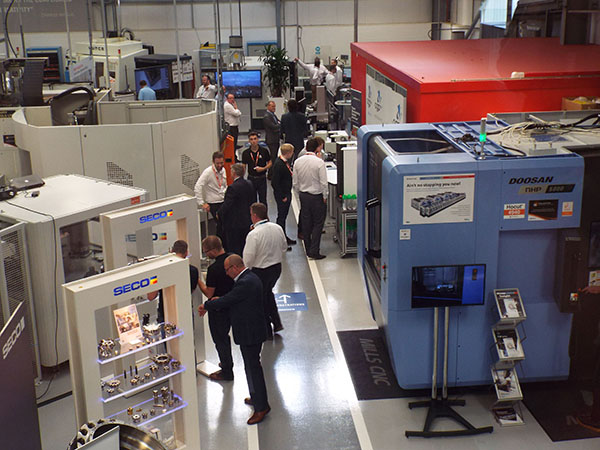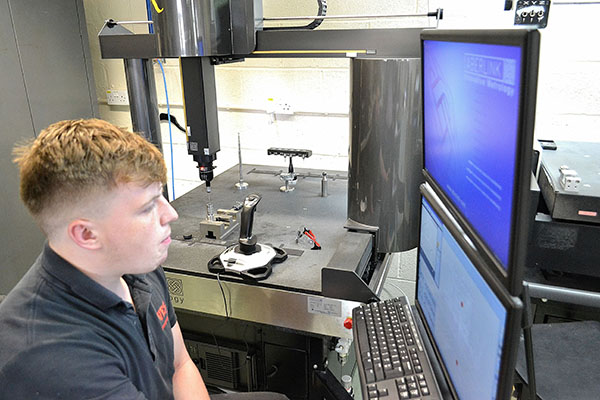Based in Crewkerne, Somerset, VES Precision was established in 1991 to provide a range of precision engineering and subcontract machining services to local companies such as Westland Helicopters (now Leonardo Helicopters) and Normalair Garrett (now Honeywell Aerospace), both of which are located in nearby Yeovil.
Recent substantial investments in advanced, high-yield machine tools have enabled VES Precision to significantly increase its output. As this rise in production had started to place a strain on the company’s inspection provision, VES quality assurance manager Steve Trigg recently investigated CNC CMMs.
After evaluating the merits of CMMs from several leading manufacturers, an Axiom Too HS machine was purchased from Aberlink.
“As our new Aberlink CMM is very easy to use, soon after its installation our operators were up and running,” says Trigg.“In addition to the Axiom Too HS’s improved accuracy specification being able to accommodate high-precision parts, the machine’s automated CNC nature and speed of operation has resulted in considerably quicker throughput in our inspection department.
“Not only has the Axiom Too HS satisfied our current inspection requirements, our new CMM’s speed will enable it to handle any foreseeable increases in production,” he adds.“Also, its accuracy specification will enable the inspection of the most demanding of our components now in the future.”
Available in several capacity variants, the Axiom Too HS boasts an aluminium bridge with a very low thermal mass, making it suitable for use ineither controlled environments or within less than perfect shop-floor conditions. For increased accuracy, air bearings of optimised stiffness are employed on all axes, while a granite Y beam allows the preloading of bridge bearings in both directions.
For further information www.aberlink.com
















